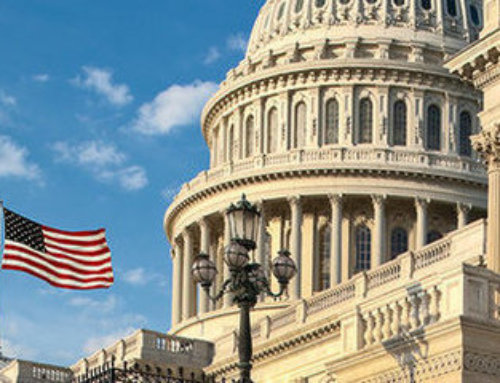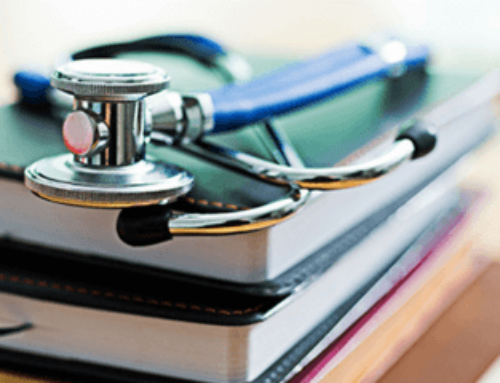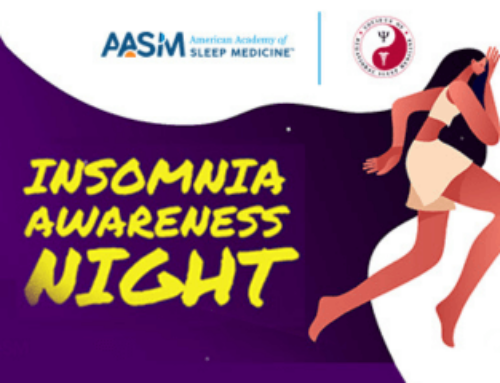DARIEN, IL – Most of the U.S. will “spring forward” to begin daylight saving time on Sunday, March 12, forcing many to lose an hour of sleep over the weekend and causing it to remain dark later in the morning for the next eight months. Based on evidence that shows the switch to daylight saving time carries many health and accident risks and is misaligned with human circadian biology, the position of the American Academy of Sleep Medicine is that seasonal time changes should be abolished in favor of permanent standard time.
“Mounting evidence shows the dangers of seasonal time changes, which have been linked to increased medical errors, motor vehicle accidents, increased hospital admissions and other problems,” said Jennifer Martin, a licensed clinical psychologist and president of the AASM. “Restoring permanent, year-round standard time is the best option for our health and well-being.”
AASM survey data show the majority of respondents (63%) said they want to eliminate seasonal time changes in favor of a national, fixed, year-round time. Studies show that seasonal time changes can have dangerous consequences, including:
- The change to daylight saving time in the spring is associated with an increased risk of motor vehicle accidents, cardiovascular events and mood disturbances; an increased risk of stroke and hospital admissions; and increased production of inflammatory markers, one of the body’s responses to stress.
- Research also shows that traffic fatalities increase as much as 6% in the first few days following the change to daylight saving time.
- A recent study found an 18.7% increase in adverse medical events related to human error in the week after switching to daylight saving time.
- The spring change to daylight saving time is hard on high school students. A study shows that teens lost an average of 32 minutes of sleep per night after the change to daylight saving time for a total of 2 hours and 42 minutes of lost sleep during the week. During school days after the time change, students also were sleepier, had slower reaction times and had a hard time paying attention.
Tips to Manage Daylight Saving Time
To minimize fatigue and sleepiness associated with the spring time change, the AASM recommends the following:
- Get at least seven hours of sleep per night before and after the time change.
- Gradually adjust bedtimes and rise times by shifting them 15 to 20 minutes earlier each night beginning a few nights before the time change.
- Adjust the timing of daily routines that are “time cues” for your body, such as your mealtimes.
- Set clocks ahead one hour in the early evening on March 11 and then go to bed at your normal bedtime that evening.
- Head outdoors for early morning sunlight the week after the time change, as the bright light will help set your internal clock to the new time. This helps regulate sleep and alertness.
“After the time change, waking up can be difficult – especially for kids and teens,” said Martin. “Planning ahead and adjusting your sleep schedule before the change to daylight saving time can help your body adapt and reduce the negative effects of the time change.”
Eliminating Seasonal Time Changes
In recent years, many legislators have discussed eliminating time changes altogether. In 2022, the Senate passed the Sunshine Protection Act, which would establish permanent daylight saving time in the U.S. The AASM opposes the bill and is urging Congress to support permanent standard time instead.
“I’m glad that there is growing support to end seasonal time changes, and I hope that lawmakers will prioritize health and safety by adopting year-round standard time, which best aligns with the body’s internal clock,” said Martin.
Visit SleepEducation.org for more information about daylight saving time and additional resources from the AASM about sleep disorders, treatments, and sleep health.
About the American Academy of Sleep Medicine
Established in 1975, the AASM advances sleep care and enhances sleep health to improve lives. The AASM has a combined membership of 12,000 accredited sleep centers and individuals, including physicians, scientists and other health care professionals who care for patients with sleep disorders. As the leader in the sleep field, the AASM sets standards and promotes excellence in sleep medicine health care, education and research.





